Introduction:
Powering Up Your Motorcycle for the Ride Ahead
Before you can embark on an exhilarating motorcycle adventure, you need to know how to turn on your machine and bring its engine to life. The process of starting a motorcycle may seem simple, but understanding the steps involved and ensuring you’re doing it correctly is vital for a smooth and safe ride. In this comprehensive guide, we will walk you through the step-by-step process of turning on a motorcycle. From checking key components to engaging the ignition, discover how to ignite the engine of your motorcycle and set the stage for an unforgettable journey.
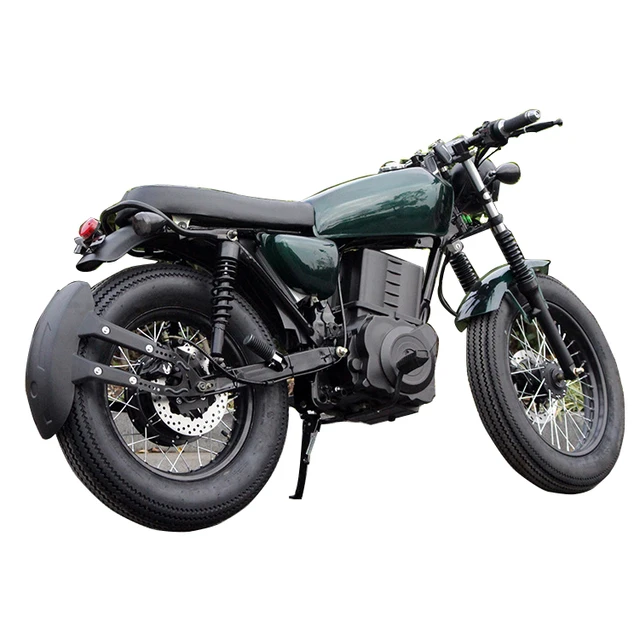
How to Turn On a Motorcycle: Igniting the Engine for Adventure
-
Performing a Safety Check: Ensuring the Motorcycle is Ready to Start
a. Visual inspection: Begin by visually inspecting your motorcycle. Look for any signs of damage, loose or detached parts, or fluid leaks. Address any issues before attempting to turn on the motorcycle.
b. Fuel check: Ensure that your motorcycle has an adequate amount of fuel in the tank. Running out of fuel mid-ride can leave you stranded, so always verify the fuel level before starting your journey.
c. Battery status: Check the battery to ensure it is properly connected and charged. Look for any signs of corrosion on the terminals. If the battery is low or shows signs of damage, consider charging or replacing it before attempting to start the motorcycle.
d. Tires inspection: Examine the condition and pressure of your motorcycle’s tires. Verify that they are inflated correctly and do not have any visible damage. Maintaining proper tire pressure ensures optimal handling and performance.
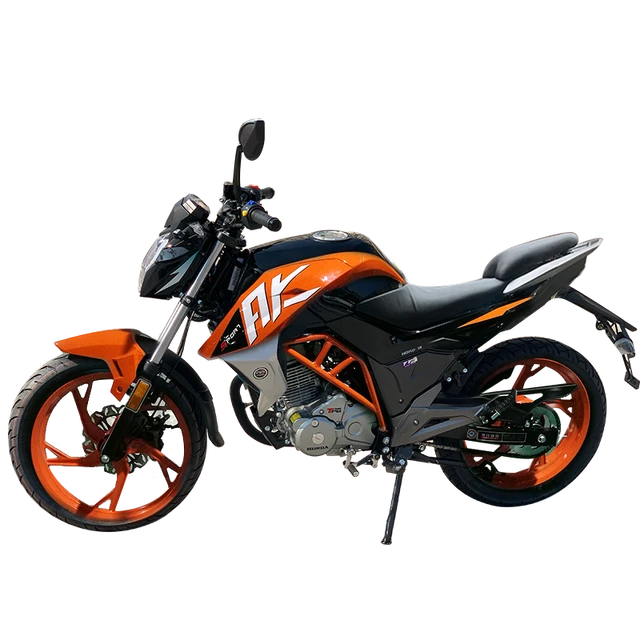
-
Mounting the Motorcycle: Preparing for Engine Ignition
a. Secure footing: Before getting onto your motorcycle, find a stable surface and ensure you have a secure footing. This prevents the bike from tipping over while mounting or dismounting.
b. Proper riding gear: Put on your appropriate riding gear, including a helmet, protective clothing, gloves, and sturdy footwear. Wearing the right gear enhances your safety and minimizes the risk of injury while operating the motorcycle.
c. Key insertion: Locate the ignition switch, typically located on the right-hand side of the handlebars. Insert the key fully into the ignition switch, ensuring it is in the correct position to start the motorcycle.
-
Engaging the Ignition: Initiating the Engine Start-Up
a. Motorcycle in neutral: Before starting the engine, ensure that your motorcycle is in neutral gear. This prevents the bike from unexpectedly lurching forward or backward during ignition.
b. Clutch operation: On motorcycles with manual transmissions, engage the clutch lever located on the left-hand side of the handlebars. Pull the lever toward you to disengage the clutch. Keep the clutch lever pulled while starting the engine, as this allows for smoother engine engagement and prevents the bike from unintentionally moving.
c. Ignition switch position: Turn the ignition switch to the “on” position. This activates the motorcycle’s electrical circuitry, powering the instrument panel, lights, and other electronic components.
d. Fuel system activation: Depending on the motorcycle, some models may require engaging the fuel system. This is typically done by turning the fuel valve or petcock from the “off” to the “on” or “reserve” position. Refer to your motorcycle’s manual or consult a professional to determine the proper fuel system activation method for your specific bike.
e. Starter button or kickstart: Motorcycles have different starting mechanisms, either a starter button or a kickstart lever. If your motorcycle is equipped with a starter button, locate it on the handlebars and press it down firmly. For motorcycles with a kickstart lever, move the lever downward with a swift and forceful kick to initiate the engine start-up.
f. Listening for engine sounds: After pressing the starter button or performing a successful kickstart, listen to the engine to ensure it is running smoothly. Ideally, the engine should start quickly and settle into a steady idle.
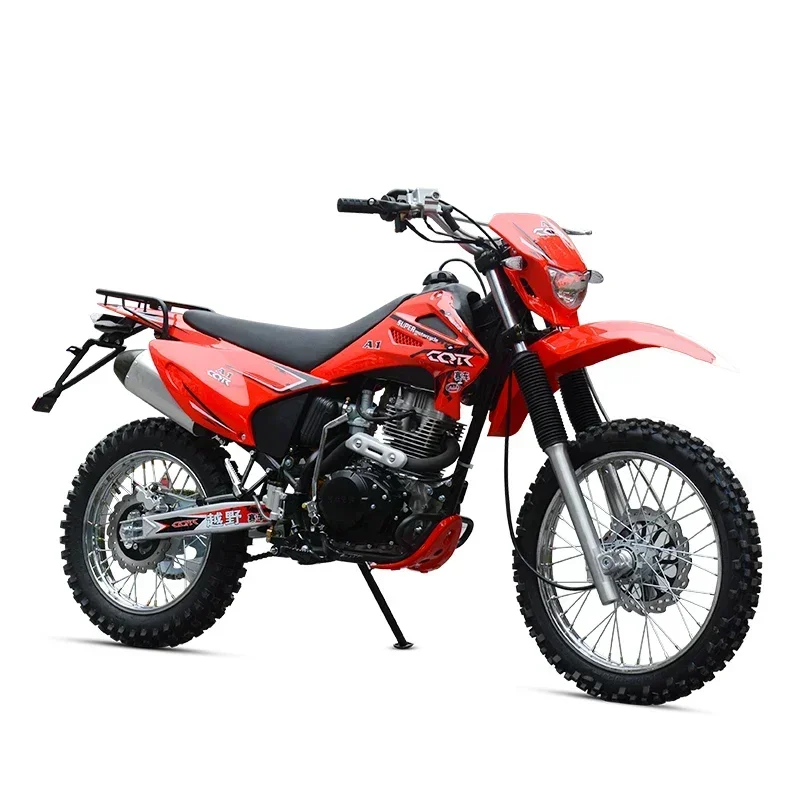
-
Post-Start Checks: Verifying Motorcycle Performance
a. Observation of instrument panel: Check the instrument panel to verify that all indicators and warning lights are functioning properly and that no error codes are displayed. Ensure that the neutral and engine temperature indicators are within the appropriate ranges.
b. Engine warm-up: Allow the motorcycle’s engine to warm up for a few minutes before setting off. During this time, the engine will reach its optimal operating temperature, ensuring smooth performance throughout the ride. Observe the engine temperature gauge for indications of warming-up.
c. Throttle response and idle speed: Give the motorcycle’s throttle a few twists to verify that the throttle response is smooth and precise. Also, ensure that the motorcycle’s idle speed is consistent and within the acceptable range specified in the owner’s manual.
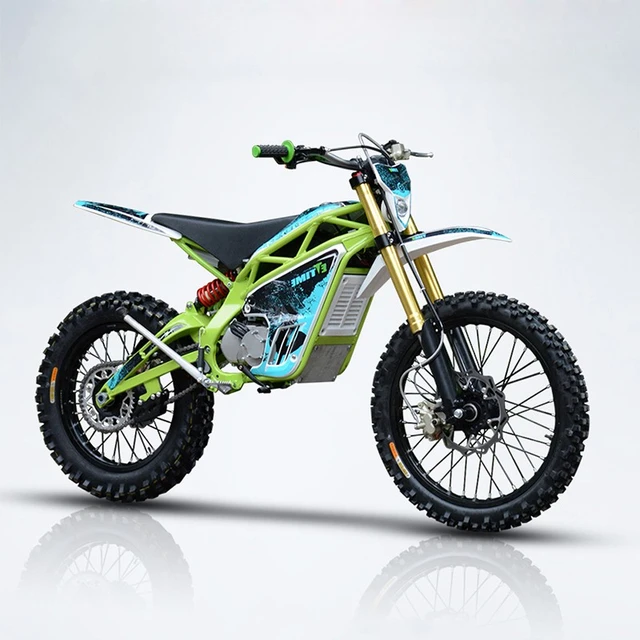
-
Shutting Down the Engine: Turning Off the Motorcycle
a. Coming to a stop: Before turning off the motorcycle, ensure that you come to a complete stop in a safe location away from traffic. Find a level surface and engage the side or center stand to support the bike during the shutdown process.
b. Motorcycle in neutral: Shift the motorcycle to neutral gear to prevent it from moving forward or backward when the engine is turned off. This allows for an easier and safer dismount.
c. Ignition switch position: Turn the ignition switch from the “on” position to the “off” position. This shuts down the electrical circuitry and stops the fuel flow, preparing the motorcycle for a complete shutdown.
d. Key removal: Once the motorcycle is off, remove the key from the ignition switch. Safely store the key in a secure location, such as a pocket or designated keychain holder.
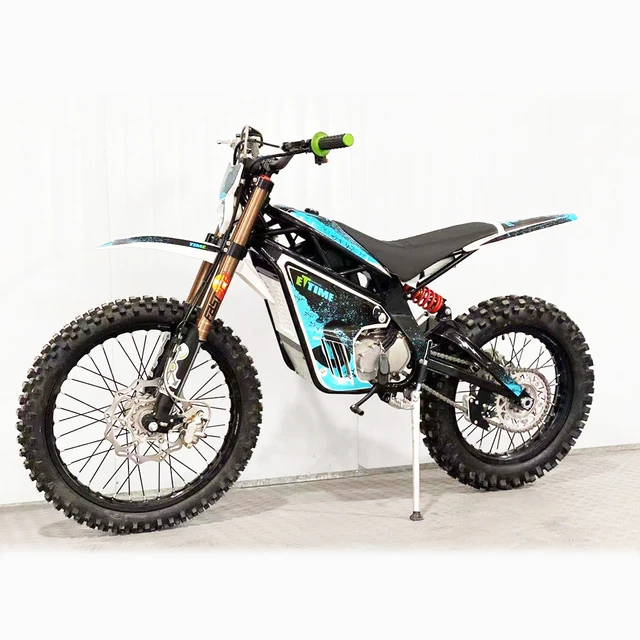
Conclusion: Starting and Stopping Your Motorcycle with Confidence
Turning on a motorcycle is the first step toward exhilarating rides and unforgettable adventures. By following these step-by-step instructions, you can comfortably and confidently start your motorcycle’s engine. Remember to perform a safety check, engage the ignition correctly, and verify the bike’s performance before hitting the road. Safely mounting and dismounting your motorcycle and observing proper pre-start and post-shutdown procedures are essential for a smooth and secure ride. As you become more familiar with the process, starting your motorcycle will become second nature, ensuring that each journey begins with the excitement and freedom that only a motorcycle can provide.
